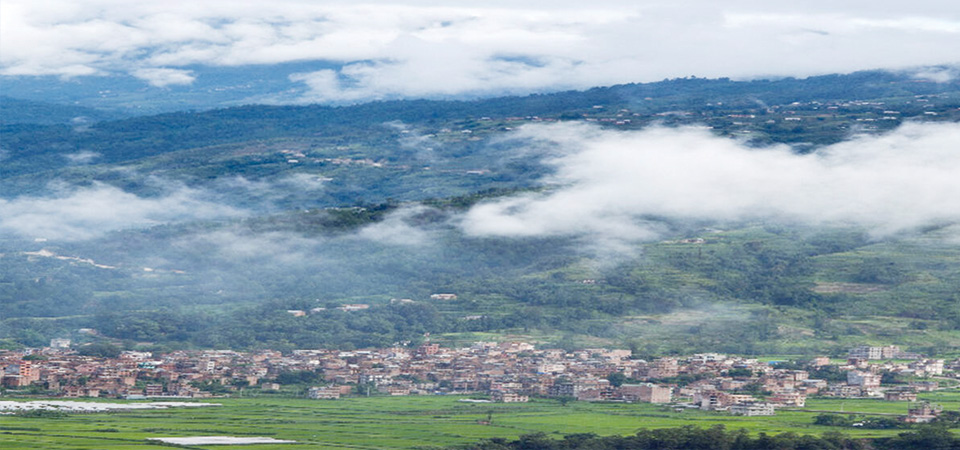Sankhu’s heritage city plan remains unimplemented

By A Staff Reporter
Kathmandu, Feb. 10: It has been seven years since the idea of developing Sankhu of Shankharapur Municipality as a model cultural city was first floated. Yet, nothing has been done to realise this objective.
Nearly at the start of its tenure, the local government proposed turning Sankhu into the historic Lawanya Desh (golden country), as described in the Hindu text Swasthani Brata Katha. But its term is now set to expire in two months and that proposal is no closer to being implemented than the day it was first made.
This proposal was part of the national government’s larger concept of rebuilding various ancient settlements across the Kathmandu Valley that were damaged by the 2015 earthquake, as “preserved heritage cities.”
The quake had completely destroyed Sankhu, toppling 6,000 houses in this ancient settlement. According to the detailed damage assessment report prepared by the United Nations Educational, Scientific and Cultural Organisation (UNESCO) following the massive tremor, 65 per cent of the traditional dwellings in this historic city collapsed and approximately two-thirds of the town’s monuments and votive architecture was severely damaged.
Subarna Shrestha, Mayor of Shankharapur Municipality, said that the project to make the city a preserved heritage required to be prioritised at the national level by the Ministry of Urban Development. “But this has not been done yet,” he lamented.
“We collected all documents and data relating to the city’s population, boundaries, temples, art, ponds, inns, wells, stone spouts and other structures, existing and disappeared, and submitted everything to the Urban Development Ministry two years ago. But it has not taken the process forward,” he said.
Because of the inaction from the Ministry, the local government has also been unable to prepare a Detail Project Report (DPR), Shrestha said.
Under the concept, the municipality had aimed to utilise the post-quake reconstruction as an opportunity to build homes and structures in an artistic style
reflective of the historicity and native culture of the city located east of the capital Kathmandu.
However, since the process did not move forward, people themselves rebuilt their houses in their own way without complying with the municipality’s plan.
In addition to Shankharapur, Panauti and 12 other municipalities of the valley were planned to be made cultural cities but the plan has not been implemented. Mayor Shrestha told The Rising Nepal that the Ministry has formed a three-member committee to study the document but it has so far failed to facilitate the implementation of the concept.”
Lacking action from the Ministry, the municipality has itself started taking initiative on the issue. It has invested around Rs. 350 million for the reconstruction of monuments and temples in their original style and provide subsidies to people who build homes following the traditional architecture. “However, we have not been able to make anything mandatory because our city has not been declared a preserved heritage,” Shrestha complained.
Dr. Suresh Surash Shrestha, chief of the Culture Division of Ministry of Culture, Tourism and Civil Aviation, said that the last town to have been declared a cultural city was Bhaktapur and after that, no other city had been named one.
Recent News

Do not make expressions casting dout on election: EC
14 Apr, 2022
CM Bhatta says may New Year 2079 BS inspire positive thinking
14 Apr, 2022
Three new cases, 44 recoveries in 24 hours
14 Apr, 2022
689 climbers of 84 teams so far acquire permits for climbing various peaks this spring season
14 Apr, 2022
How the rising cost of living crisis is impacting Nepal
14 Apr, 2022
US military confirms an interstellar meteor collided with Earth
14 Apr, 2022
Valneva Covid vaccine approved for use in UK
14 Apr, 2022
Chair Prachanda highlights need of unity among Maoist, Communist forces
14 Apr, 2022
Ranbir Kapoor and Alia Bhatt: Bollywood toasts star couple on wedding
14 Apr, 2022
President Bhandari confers decorations (Photo Feature)
14 Apr, 2022











